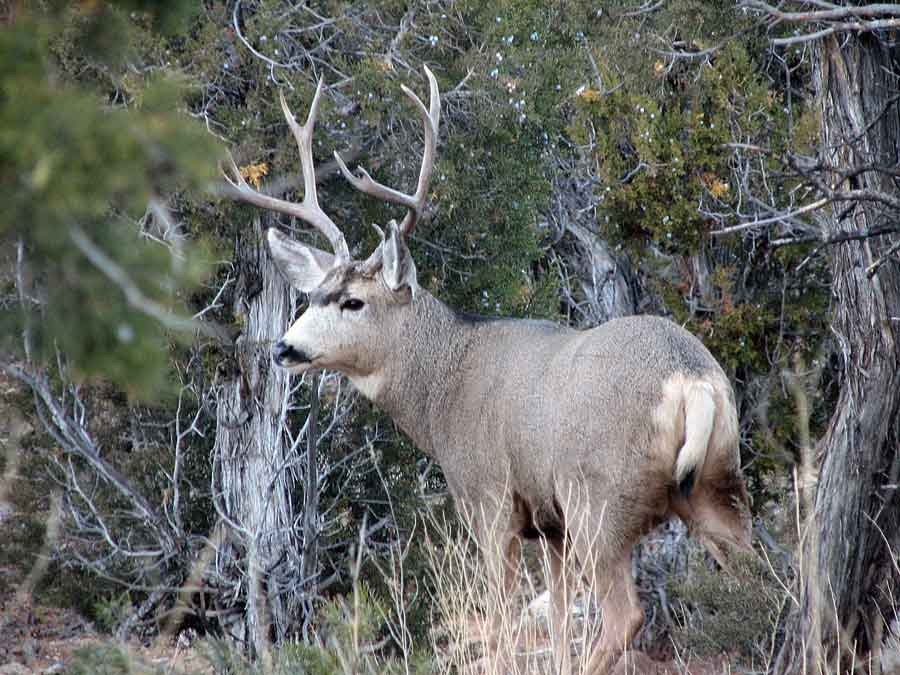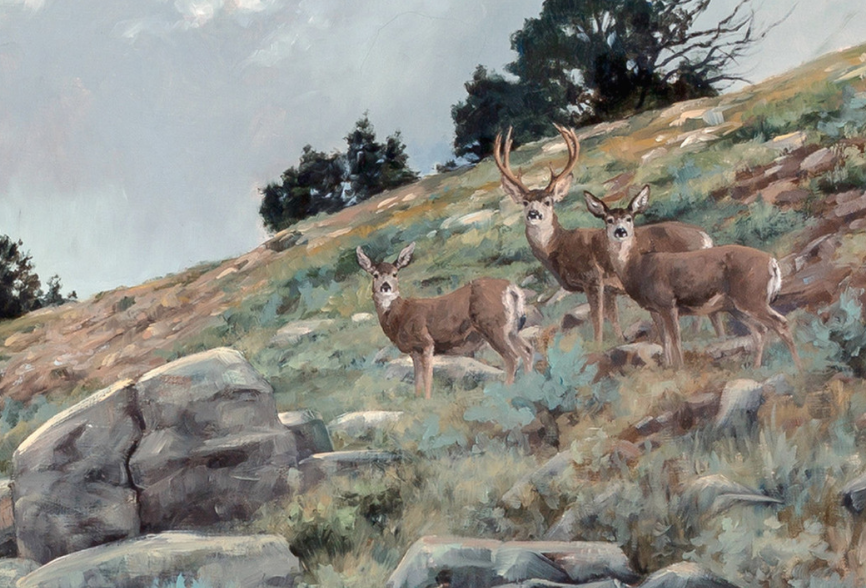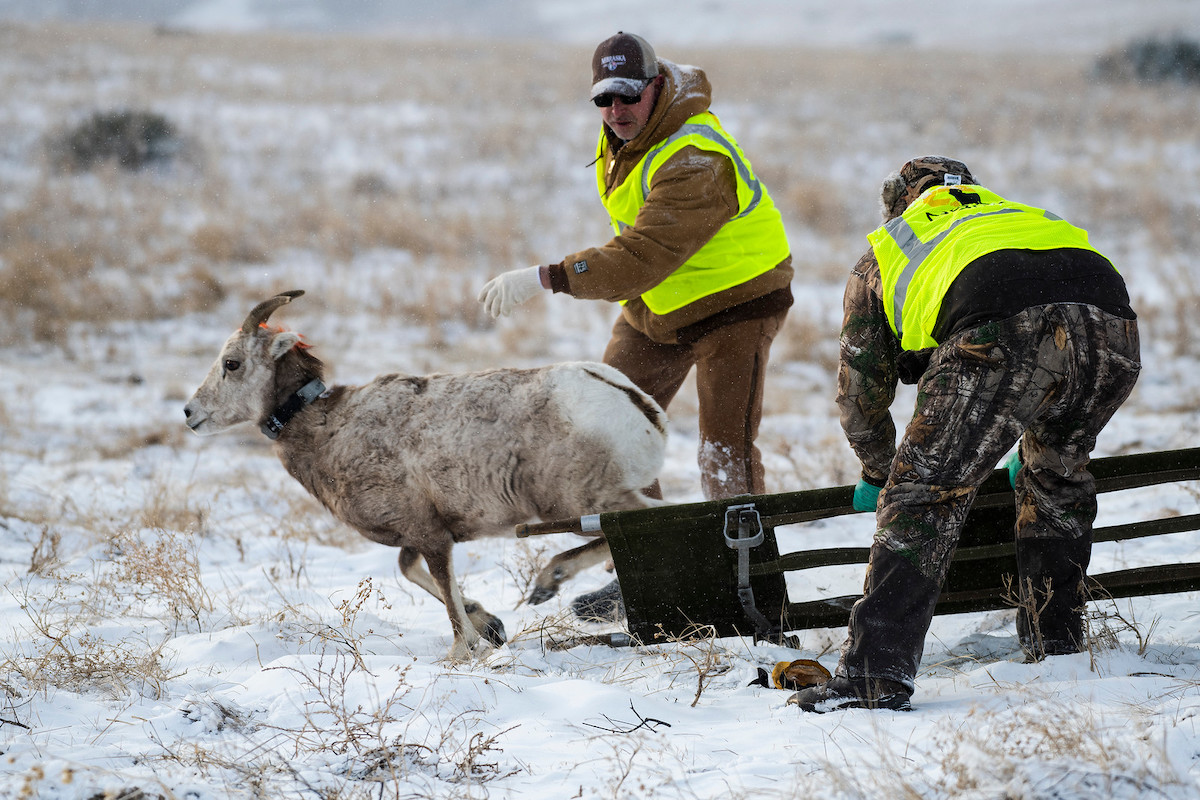Utah Division of Wildlife Resources biologists estimate that there are just over 370,000 mule deer in Utah, which is about 100,000 additional deer than were in the state in 2011.
“Over the last three years, we’ve had the highest deer numbers in Utah in 25 years,” DWR big game coordinator Covy Jones said. “We have more bucks on the statewide landscape currently than we’ve ever had. A lot of that is due to good habitat work and climate. With the wet spring, habitat has flourished, providing the necessary nutrition for antler growth. Hunters are set up to have a very memorable year. Hunters who are targeting buck mule deer should expect some of the best antler growth they have ever seen. It’s been a great year for deer.”
While hunters should expect good antler growth across the state in general, there are some areas that saw a harsher winter and lower deer survival rates, like in northern and northeastern Utah. Hunters targeting units in these regions will likely see fewer yearling bucks.
A lot of what to expect during the hunt also depends on if there are leaves on the trees or if there is snow on the ground in the area you are hunting. If either of those conditions exists, then your chances of having a successful hunt go up because both the snow and leaves muffle sound, increasing your chance of getting closer to a deer without being detected. Snow also increases your chance of more easily seeing tracks.
“Even after the archery and muzzleloader hunts, there are a lot of big deer on the landscape,” Jones said. “You still have a good chance of harvesting a large, antlered buck.”
Be sure to visit the Utah Hunt Planner before heading out into the field. It is a great resource that includes notes from biologists who manage the various hunting units across the state, as well as general information about the unit and safety and weather items. Information about the number of bucks on the units, compared to the number of does, is also provided. You’ll also find maps that show the units’ boundaries, which land is public and private and the various types of deer habitat on the unit.




